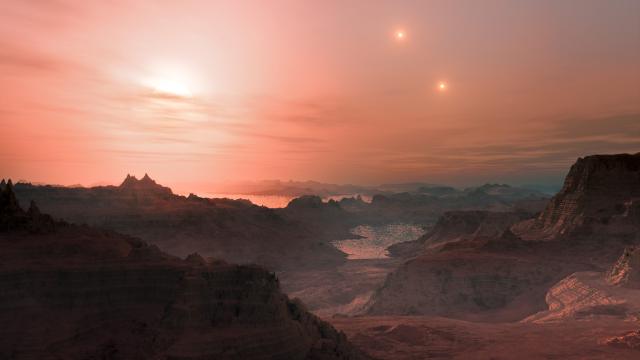Twenty years ago, discovering another Earth sounded like a science fictional dream. But within a generation, astronomers now believe we might do just that.
“Finding evidence of life beyond Earth is not a pipe dream,” said Natalie Batalha, an astronomer at NASA’s Ames research center. “Its something we can accomplish — maybe not within my lifetime, maybe within my daughter’s life.”
Batalha’s sentiment was echoed last Saturday by the men and women who spoke at the opening ceremony of the Carl Sagan Institute at Cornell University. The institute, brainchild of astronomer Lisa Kaltenegger, was founded to explore the diversity of worlds we’ve just begun to glimpse on the cosmic horizon. If we’re lucky, we may find another planet like Earth. Or a dozen. Or a thousand.
“How do you figure out if a world orbiting another star is a habitable place?” Kaltenegger said. “We’re living in the first time in history that we have the tools to answer that question.”
Finding Earth 2.0 won’t be easy. It will be an enormous effort, but the astronomers, planetary scientists, chemists and biologists leading the Carl Sagan Institute have a plan to get us there. Here’s how we’re trying to find the next pale blue dot and an end to our cosmic loneliness.
Billions and Billions
It’s a great time to be alive if you’re interested in worlds beyond our solar system. Over the past two decades, exoplanet science has undergone nothing short of a revolution, and even if you’re sceptical about the idea of alien life, the discoveries we’ve made are damn impressive.
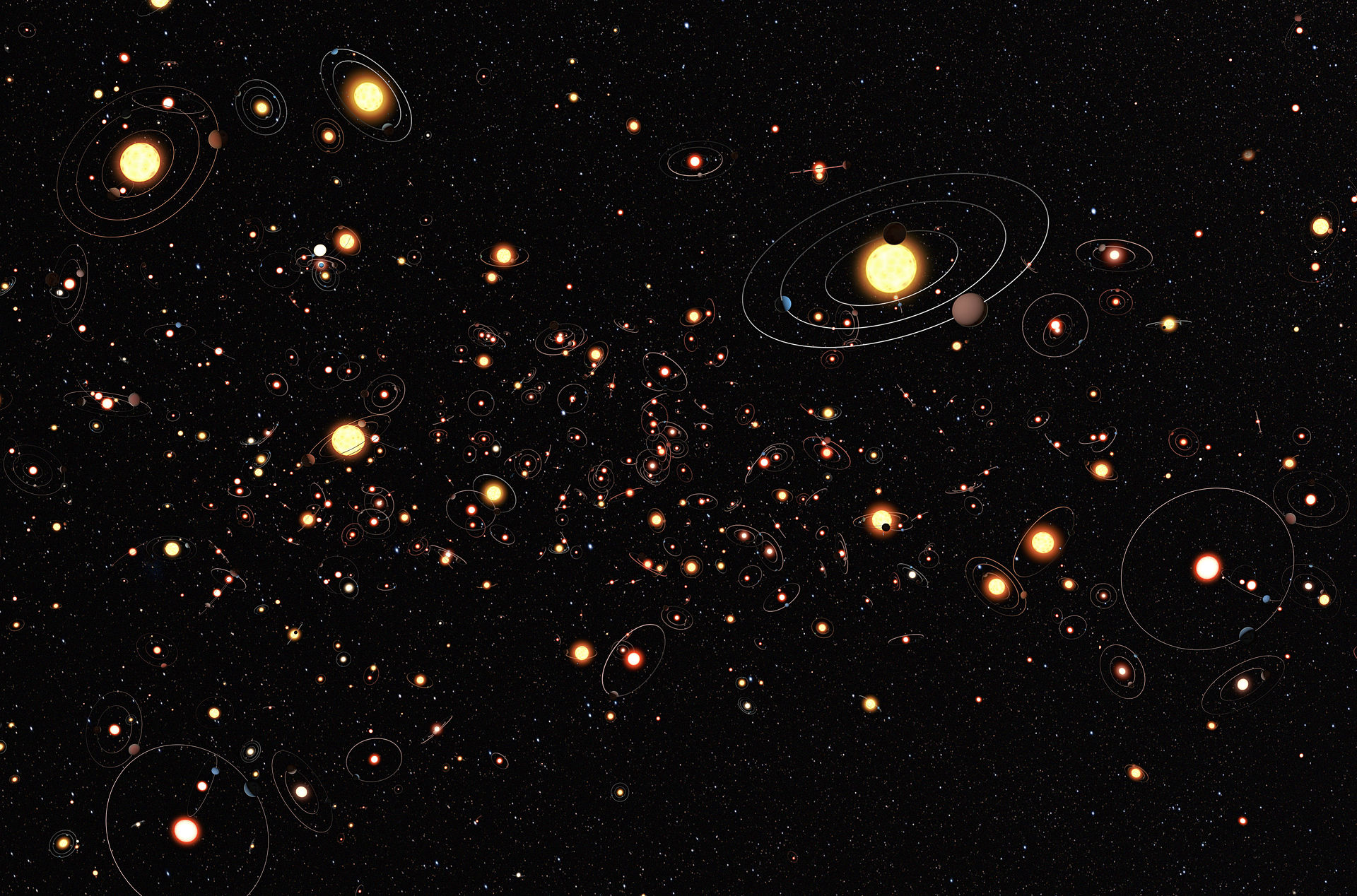
Artist’s depiction of planets around stars in the Milky Way. Image Credit: ESO/M. Kornmesser
Consider the numbers: Twenty years ago, astronomers hadn’t confirmed a single planet outside our solar system. In the past six years, NASA’s Kepler mission — a space-based telescope that orbits our sun, looking at over 100 thousand stars simultaneously — has uncovered over 4100 planetary candidates and 1000 confirmed planets. Kepler is not scanning the whole sky. Rather, the scope monitors a tiny sliver of our galaxy, taking a cosmic census of sorts. With this census, astronomers have used statistics to extrapolate the distribution of planets throughout the Milky Way.
“We have learned most stars have planets, that Earth sized planets are common, and a good fraction are in the habitable zone of their star,” said Bill Borucki, the lead investigator for the Kepler mission. “And when you put the numbers together: 100 billion stars, 10 per cent with Earth-sized planets, 10 per cent stars like the sun, that’s a billion Earth-sized planets in the habitable zone of stars like the sun.”
Let me repeat that last bit. There may be a billion Earth-sized planets in the habitable zone of a sun-like star. Thirty years ago, astronomers weren’t sure of any. And that, of course, is just within our galaxy.
“There are billions of stars in our galaxy alone, billions of galaxies out there,” Kaltenegger said. “The numbers are, fortunately, very much in our favour.”

Number of exoplanet discoveries by year. Image: NASA Ames/SETI/J Row
The technology behind this incredible discovery is in principle quite simple. Most exoplanets to date have been detected via transit — a slight dip in the light emitted from a star as a planet crosses its path within the line of sight of a telescope. In practice, however, pinpointing these planetary shadows is insanely hard, because the brief change in starlight caused by a transit event is utterly minuscule.
“Imagine you’re looking at the tallest skyscraper in New York City, and it’s nighttime,” Batalha said. “Every single window is open and every light is on. One person goes and lowers the blinds on one window by about a centimeter. That’s the change in light you have to measure to find an Earth-sized planet.”
And you need to do so at least twice, to be sure you didn’t just make it up.
For transit to work, we’ve had to develop photometers a thousand times more precise than any built before. As Borucki explained, these light sensors must monitor thousands of stars at once, because the chance a planet lines up in the path of a star in a telescope’s line of sight is less than 1 per cent. The scope’s photometer also has to remain perfectly still at all times — not anchored to the ground, but in outer space.
And for how ambitious those specifications are — it took Borucki nearly two decades to design, prototype, and convince NASA to green-light Kepler — all that transit gives us is a planet’s radius, orbital period, and sometimes its mass. And so far, only for worlds that are at Earth’s orbital distance or inward. (The transit of more distant planets is too faint for Kepler’s photometer to detect.) Through mass and radius we can calculate planetary density, which tells us whether we’re looking at a rocky, Earth-like world or a Jupiter-like ball of gas.
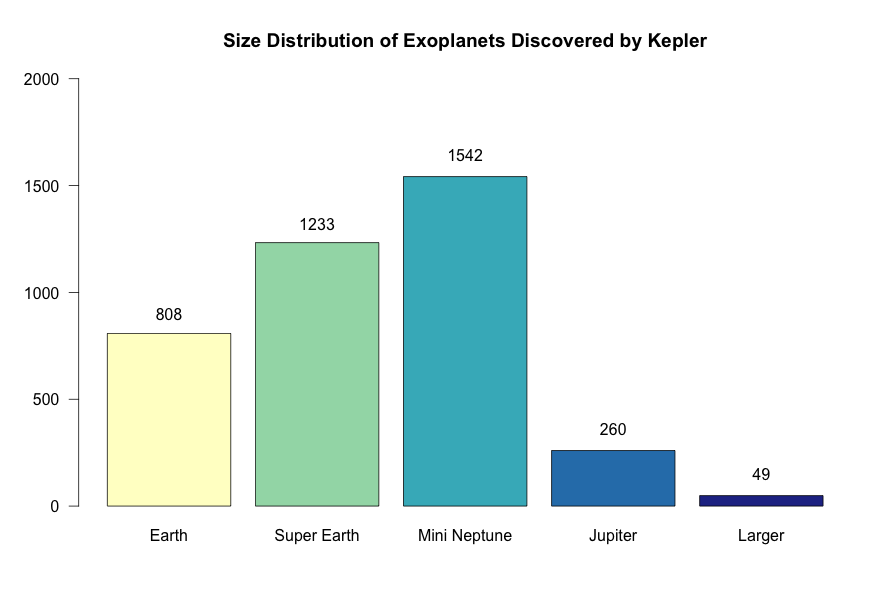
Image: Redrawn by M.Stone from data presented by W. Borucki
So far, the galaxy has been full of surprises. Many stars harbour large worlds orbiting far closer than Mercury, a situation which was considered nigh impossible thirty years ago. The two most common types of planets known to humanity right now — so called “super Earths” and “mini-Neptunes” — are not even represented in our solar system. We have hints of incredibly bizarre places out there, of gas giants as light as styrofoam, of ocean worlds and lava planets.
“There are planets orbiting binary stars, that have not one sun rising in the east and setting in the west but two,” said Batalha. “We find planets in star clusters, with 25 stars packed into a single cubic parsec of space. On these planets, you’d look up and see a bejeweled sky.”
“There’s an incredibly wondrous diversity of worlds out there, and we haven’t even started to scratch the surface,” Kaltenegger said.
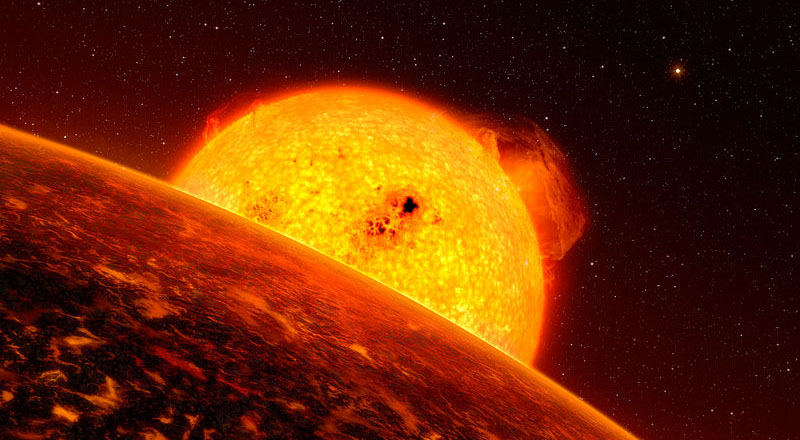
Artist’s impression of Corot-7b, a likely lava world. Image: ESO/L. Calcada
Scattered amongst these exotic worlds, we’ve also found a handful of “Goldilocks” planets — worlds that are not-too-hot and not-too cold, that are rocky, that are orbiting stars like our sun. Worlds that could be the next Earth.
“These [potentially habitable] planets are relatively common, and using statistics, we know they’re likely to be nearby,” Batalha said.
Still, for a world to go from potentially habitable to a bonafide Earth, we’ll need to get a much better look at it. That’s exactly what we’re hoping to do with the next generation of scopes. With future missions, we’ll look not only at the ebb and flow of light from distant stars, but at the atmospheres of planets themselves. From light years away, our scopes will effectively sample the air of other worlds.
When that happens, astronomers across the world will become alien hunters.
Hunting for Goldilocks
Earth may be a cosy blue marble today, but it wasn’t always sunshine and roses. Four billion years ago, our planet’s rocky surface was erupting in fiery volcanoes, bombarded with comets and asteroids, awash in sterilizing UV radiation, and contained practically no oxygen, to boot.

Artist’s impression of a planet encircling Gliese 667Cb. Image: ESO/L. Calçada
It was life that terraformed the Earth — early, hardy colonizers that, over the course of billions of years, turned a rocky wasteland into a comfortable, breathable biosphere. Ancient cyanobacteria were probably the first to produce significant amounts of oxygen as a waste product from photosynthesis. Today, our air contains a healthy supply of O2, replenished constantly by Earth’s plant life and phytoplankton, as well as a thin layer of ozone, which shields us from damaging ultraviolet radiation. Earth’s atmosphere also contains trace amounts of reducing gases — things like CO2 and methane — replenished by the collective exhale of life’s metabolism, and, recently, by the burning of fossil fuels.
Taken alone, oxygen or methane don’t make a strong case for life — both can be produced by inorganic chemical reactions. But put them together, sprinkle in a little water, and it’s a different story.
“Our best signature [for life] to date is the combination of oxygen or ozone with a reducing gas — something that should make oxygen go away,” Kaltenegger told me.”A lot of the things that are biological, like methane alone, or CO2 alone, can also come from rocks, so we can’t just use those. But if oxygen is found together with methane, then something has to be producing it in large amounts right now.”
So, our alien hunters already have some promising fingerprints in mind. Find these ingredients in the atmosphere of a Goldilocks planet circling sun-like star, and we may just have ourselves another Earth. Now how the hell do we go about searching?
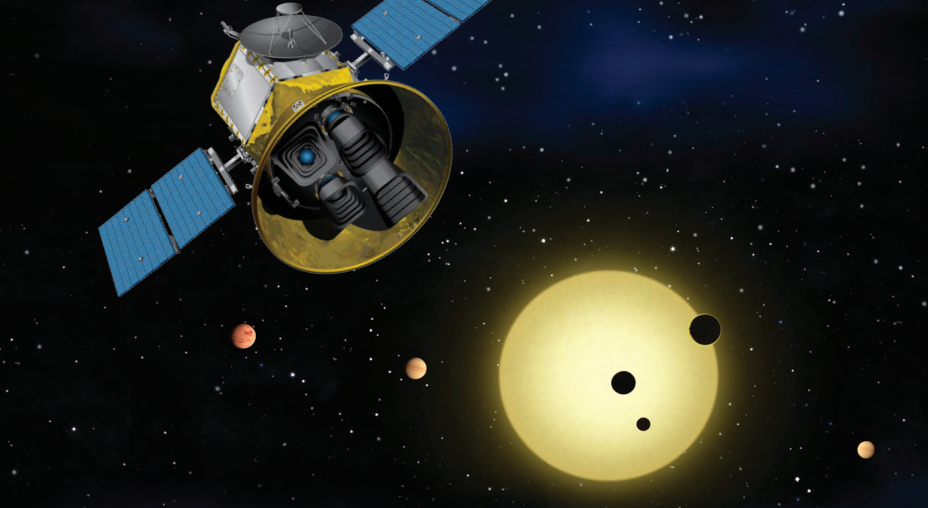
Artist’s impression of TESS. Image: NASA
Through a pipeline of future space missions, beginning with the Transit Exoplanet Survey Satellite (TESS), which launches in 2017. While most of Kepler’s targets were 500-1,000 light years away, TESS is going to be our friendly neighbourhood planet hunter — it will scan the entire sky, monitoring more than half a million stars in our very close cosmic vicinity.
“TESS will be like Kepler, just doing transit, but instead of staring at one particular part of sky, it will scan the entire sky, focusing on our nearest neighbours,” Kaltenegger told me. “It will allow us to pick a lot of promising targets that are much closer than the Kepler planets.”
TESS may turn up many hopeful candidates, but it won’t be studying their atmospheres. That process starts gearing up with the James Webb Space Telescope, a 6.5 meter-long solar-powered observatory slated to launch in 2018. With unprecedented detection power, JWST will become the premier observatory of the next decade. Its sensitivity comes in part from a massive sunshield that chills the scope’s instruments to below -370 degrees Fahrenheit. At such low temperatures, the JWST itself emits very little radiation, allowing for the detection of faint energy signatures from far away — including slight dips in the light emitted from a distant star as it filters through a planet’s atmosphere.
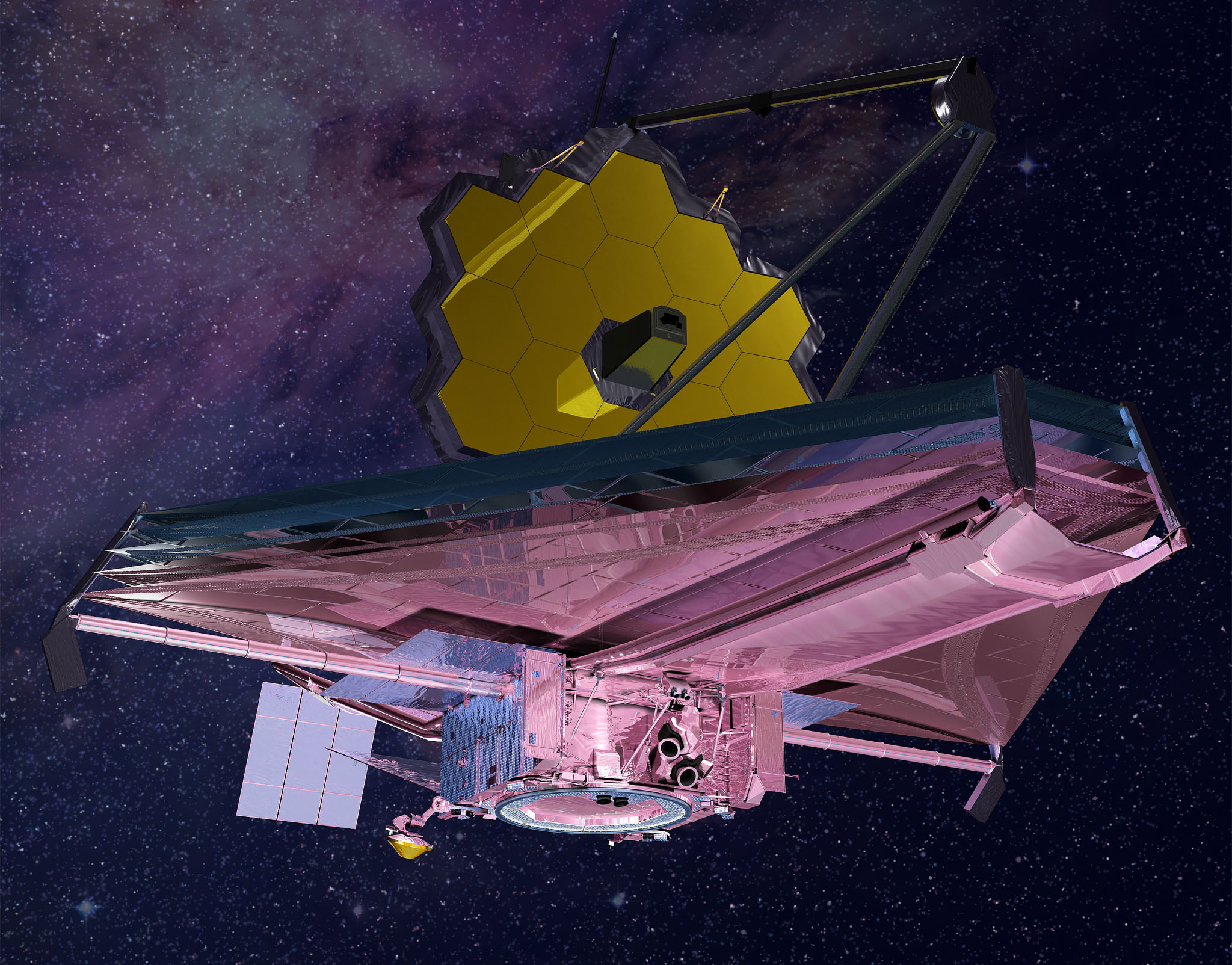
Artist’s impression of the JWST. Image credit: Northrop Grumman
“You take that planet, that one tiny pixel, and you split the light,” Kaltenegger said. “You look at the different colours — basically what happens when sunlight passes through a raindrop and makes a rainbow — and if energy is missing, you can pinpoint, over light years away, what chemicals molecules are there, in the air of that world.”
But. Impressive as JWST will be, this scope still won’t be powerful enough to study many rocky, Earth-like planets. (If, Kaltenegger says, we find a rocky super-Earth around a dim red dwarf very close by, we may have a chance of looking at its atmosphere.) JWST’s eyes will be fixed on mostly larger worlds — and these will typically be blustery blobs of gas.
“JWST is going to knock it out of the ballpark for mini-Neptunes and super Earths, it’s going to understand the diversity of their atmospheres, but its not tailored to find Earth-sized planets,” Batalha said.
Next up after JWST is the Wide Field Infrared Survey Telescope (WFIRST), a retrofitted spy scope that, using a technique called microlensing, will have the sensitivity to detect smaller than Earth-sized planets orbiting at distances beyond 1 AU (the distance between Earth and the Sun). Using a starlight-blocking coronagraph, WFIRST will also be able to directly see reflected light from some larger planets.
“Kepler is getting the statistics of exoplanets within an Earth orbit and inward,” Batalha said. “WFIRST is going to get the statistics of planets orbiting at an Earth orbit or outward. So, over time, we’re going to build up this comprehensive picture of what exoplanets are out there.”
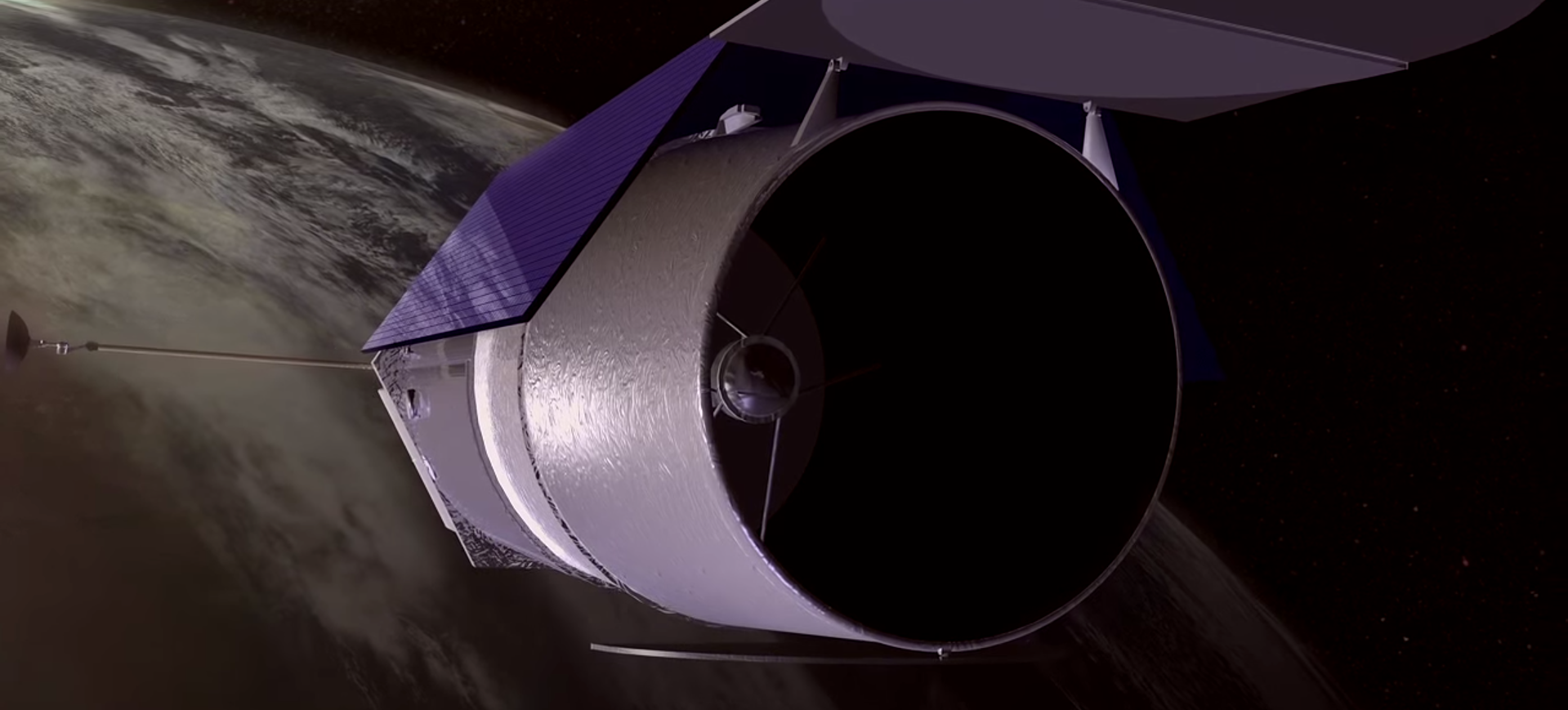
Artist’s concept of WFIRST. Image Credit: NASA
And once WFIRST launches in the mid-2020’s, space agencies finally plan to double down on a “life finder” mission. It’s this future mission which we’re hoping has the power to decode the atmospheres of many rocky, Earth-sized planets orbiting stars throughout our stellar neighbourhood.
“Between now and the life finder, we’re not going to find nearby Earths in great numbers,” Batalha said. “But as long as we’re well positioned by 2025 to start putting money into a life finder, then I think we’ll have a hope of really making headway in three decades.”
Three decades till we’ve got a good chance of finding the next Earth seems to be the ballpark most exoplanet hunters are comfortable with. But if Earths turn out to be very common, we may get lucky and find ourselves a neighbour sooner.
“TESS is going to find a few dozen planets that are small enough, rocky, within the right distance to their star,” Kaltenegger said. “Then we’ll have a list of the closest promising worlds that we can put all of our telescopes on and observe night after night. It’s going to be crazy how much work it will be, but it’s also going to be an incredible opportunity.”
How We’ll Know It When We See It
It may take several decades for the technology needed to spot Earth 2.0 to come online. But astronomers aren’t just twiddling their thumbs waiting.
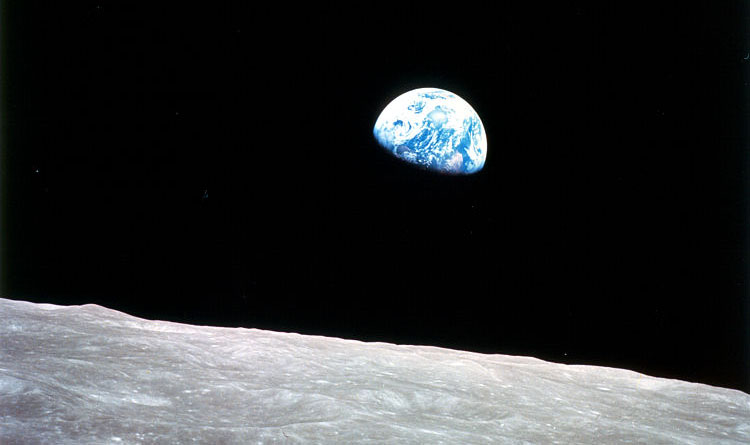
Earth, seen from the moon. Image: Wikimedia
“We want to be as prepared as we can by asking the question now: among the thousands of worlds, among the dozens that are close by, which ones will we want to pick?” Kaltenegger said. “Combining what we know about life on the Earth with astronomy is one of the strongest ways to do that.”
At the Carl Sagan Institute, Kaltenegger and her colleagues are amassing troves of information that will help alien hunters hone in on the most promising candidate worlds. These include a fingerprint database containing hundreds of hypothetical atmospheric chemistries — some that look like our Earth today, some that look like Earth’s geologic past, others which are totally alien. The database, which Kaltenegger once described to me as “CSI for exoplanets” will be used to categorise distant worlds and rank them in terms of how Earth-like they are.

Microbes like these ones may colour the cosmos. Image: Siddharth Sedge / Max Planck Institute for Astronomy
A colour catalogue will help us search for an entirely different type of fingerprint. Just as Earth’s green landscapes and blue oceans hint at life’s presence, the vibrant biota on distant worlds might offer telltale clues. In a study published in March, researchers examined over 100 microorganisms across planet Earth, including many that live in extreme environs, and documented their reflection signatures. The diversity of colours represented in these critters will help alien hunters imagine what life might look like and how we might detect it beyond the pale blue dot.
“If a world had a different biota than what is dominant here, it would look different,” Kaltenegger said. “If you think about this in colours — how does a world look in the blue, red and green — the different surfaces would appear different colours. And that’s what you could use to prioritise which planets look more like they could host life.
Right now, in this time, with thousands of planets on the horizon, and new missions coming up in the next five to ten years — now is when we need to understand what we could be finding and how we could find it.”
Once We Find It, Then What?
It’s incredible to consider the possibility of finding a second Earth. But even definitive proof of life on another world won’t eliminate our desire to explore. Quite the opposite.
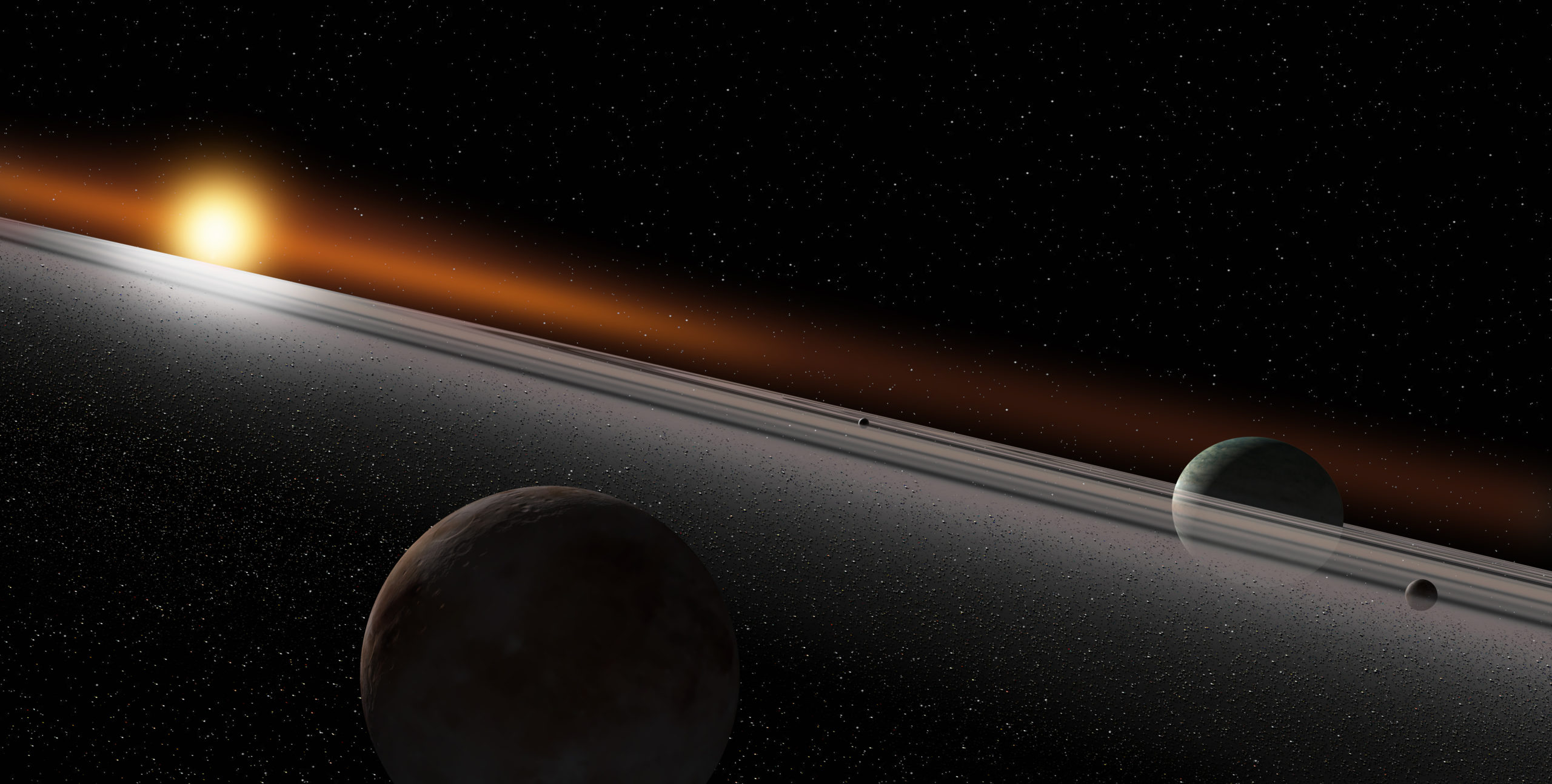
Exoplanet with rings. Image: Ron Miller/NASAblueshift
Which brings me to a question posed at the very end of the Carl Sagan Institute inaugural ceremony, to a panel full of astronomers, astrobiologists and planet hunters. Say we find another Earth. Say it’s close — a couple light years or so from our solar system. Then what?
The resounding response was exactly what any science fiction fan would have hoped to hear. We have try to get there.
“If somebody finds a real Earth-like planet within a few light years, my reaction is, lets start building a spacecraft,” said Cornell astronomer Steve Squyres, the lead investigator on the Mars Exploration Rover.
“Look,” said Didier Queloz, an exoplanet researcher at the University of Cambridge, “it took the human species ten thousand years to spread across the Earth. When I came here, it took me eight hours by plane to cross the Atlantic ocean. Maybe we need another hundred, or a thousand years, but it doesn’t seem so crazy to think we’ll be sending probes to these nearby planets. There is no fundamental limitation but the time.”
Batalha agrees. “Once we know that there’s life — once we can point to a star in the sky and say there’s life there — I personally think we’re going to figure out how to get to it.”
A manned interstellar voyage would almost certainly be a multigenerational trip. In a world that seems increasingly obsessed with instant gratification, it can be hard to imagine people sacrificing their lives for a journey they’d never see the end of. And yet, as Ann Druyan, co-writer and producer of Cosmos pointed out, everyone involved with exoplanet discovery today is a multigenerational thinker.
“Only seventy five to eighty years ago, the notion that there were other worlds circling stars was not even, scientifically, a respectable position to take,” she said. “And here we are today, engaged in multigenerational projects.”
“Look at cathedrals,” Queloz said. “Most people who first built them didn’t think they’d see the end. I think we’re building cathedrals — science is a modern way of expressing that. I think as a species, we’re used to working together, teaming together, and it’s in our genes to do this.”
